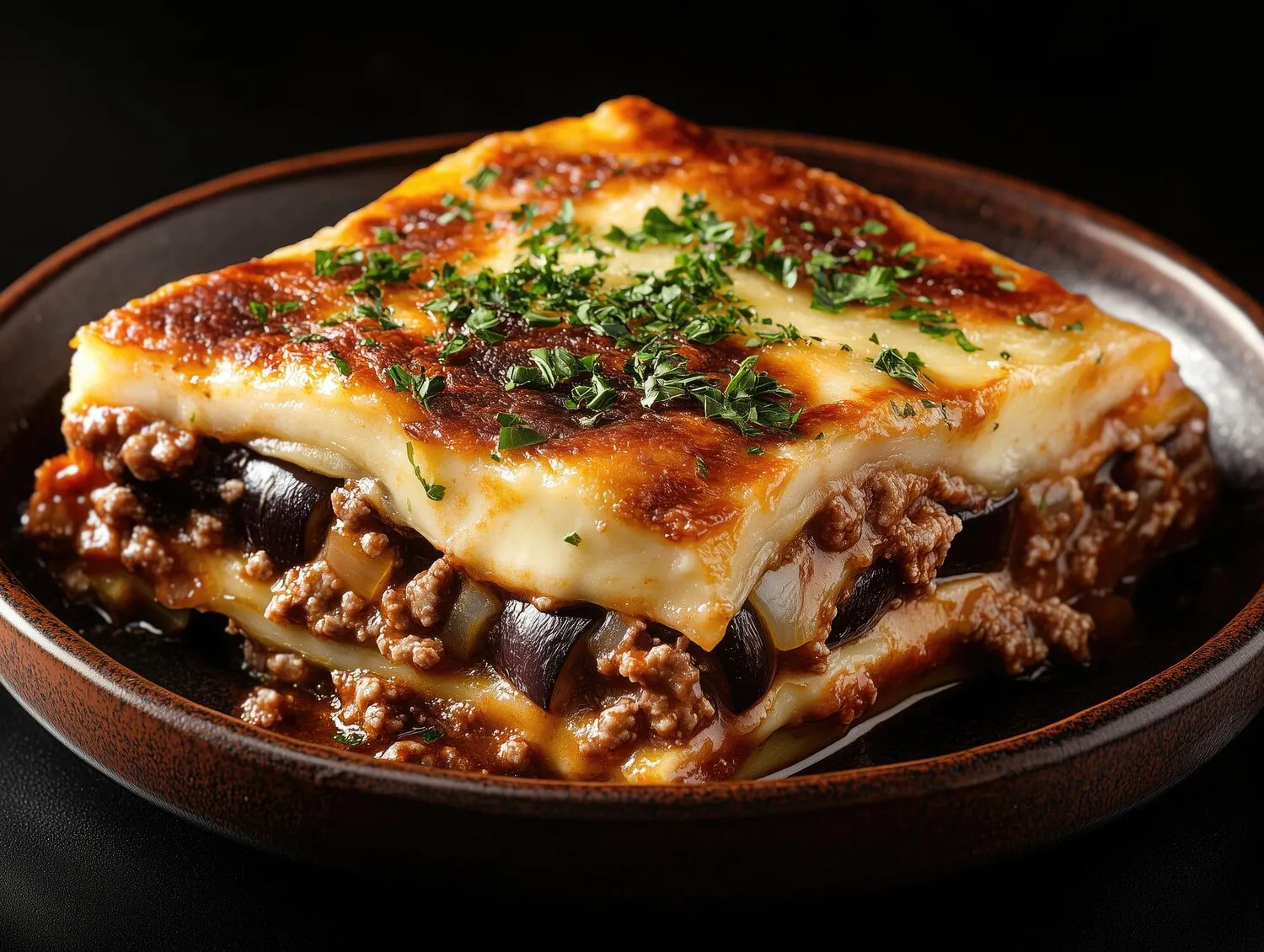
Pom
Pom is a Surinamese casserole dish made from the root vegetable known as pomtajer. Often served with chicken.
Nutrition Facts
* The % Daily Value (DV) tells you how much a nutrient in a serving of food contributes to a daily diet. 2,000 calories a day is used for general nutrition advice.
Pom is a uniquely Surinamese dish, reflecting the country's diverse culinary influences. Its origins can be traced back to the era of plantations and enslaved Africans. The main ingredient, pomtajer (tayer), a root vegetable, was likely cultivated by enslaved people as a staple food source. The dish evolved over time, incorporating elements from Dutch, Jewish, and Creole cuisines, resulting in the distinctive flavor profile we know today.
Pom is considered a national dish of Suriname and holds significant cultural importance, often prepared for special occasions and family gatherings.
Celebratory Dish
Pom is a common dish served during festive occasions, such as birthdays, weddings, and holidays, symbolizing togetherness and celebration.
Family Recipe
Pom recipes are often passed down through generations within families, with each family having their own unique variation and closely guarded secrets.
Symbol of Surinamese Identity
Pom represents Suriname's diverse cultural heritage and its unique culinary identity, blending African, Dutch, Jewish and Creole influences.
Pom boasts a complex and savory flavor profile with a distinctive tanginess and subtle sweetness.
The primary flavors come from the grated pomtajer, which has an earthy and slightly nutty taste. The chicken, often stewed or braised, contributes a savory and rich umami element. Citrus, typically orange and lemon juice or sour orange, provides a crucial tangy counterpoint. Other common ingredients like onions, tomatoes, peppers, and spices such as ginger, garlic, and cloves contribute layers of aroma and depth, resulting in a well-balanced and deeply flavorful dish.
Pomtajer Preparation
Thoroughly grating and properly squeezing the excess liquid from the pomtajer is crucial to avoid a soggy dish. Some cooks also soak the grated pomtajer in water before squeezing to reduce bitterness.
Citrus Balance
The amount of citrus juice used significantly impacts the final flavor. Start with less and add more to taste, ensuring a balance between tartness and the other flavors.
Chicken Placement
Arranging the chicken pieces strategically throughout the pom mixture ensures even distribution of flavor and moisture.
Baking Time and Temperature
Low and slow baking is essential for the flavors to meld properly and for the pomtajer to cook through without drying out. Check for doneness by inserting a knife; it should come out clean.
Explore additional Casserole dishes and restaurants
Explore CasseroleDiscover top dining spots and culinary experiences in Schiedam.
Explore SchiedamLearn more about the food culture, restaurant scene, and culinary heritage of Netherlands.
Explore Netherlands